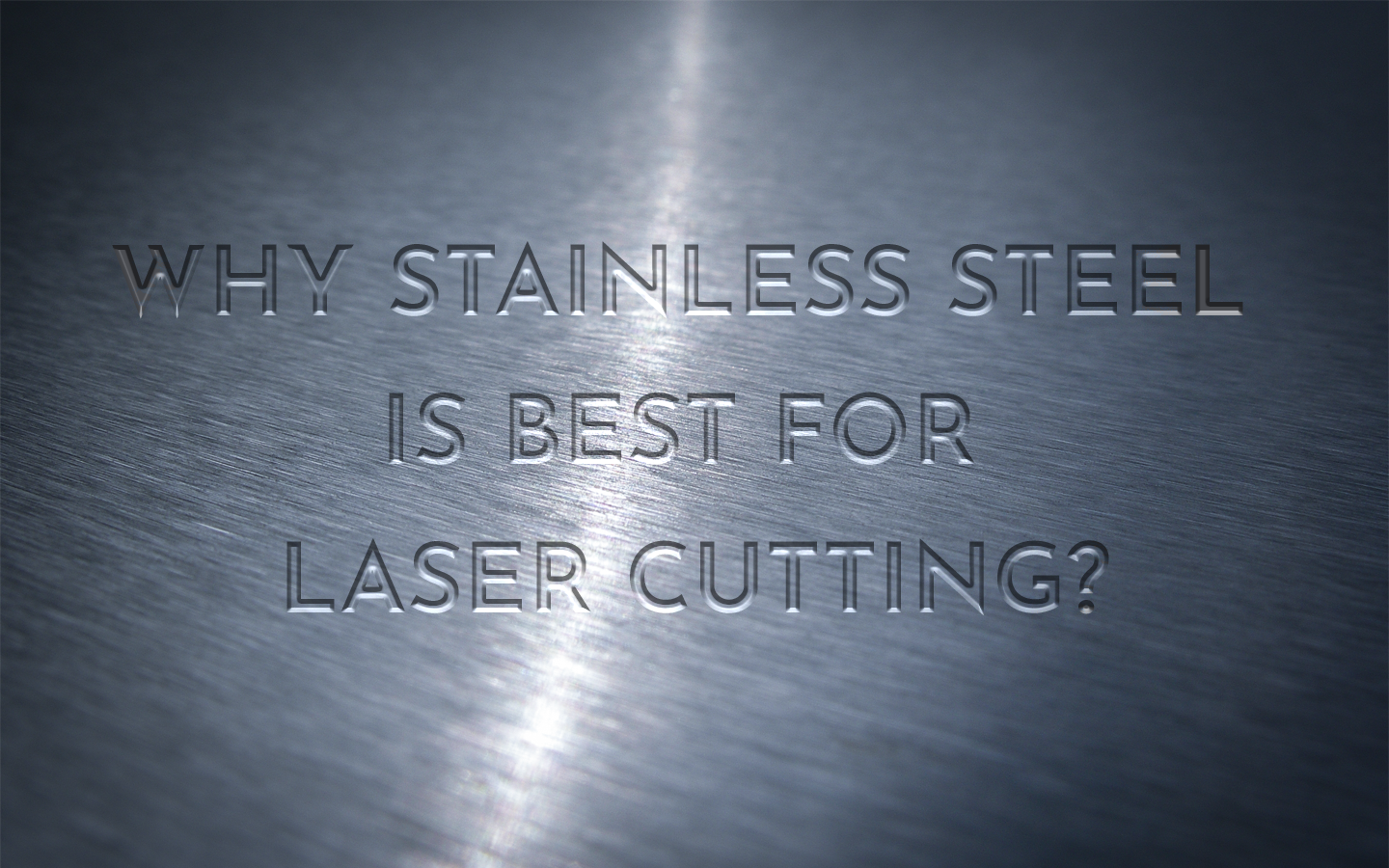Why stainless steel is best for laser cutting?
Following the current trend of modern material production and processing, stainless steel has become known as one of the most desirable raw materials. It is widely used in various industries, from construction to automotive, thanks to its unique properties.
One of the technologies that makes it possible to maximise the potential of this material is undoubtedly laser cutting. This is because stainless steel, thanks to its strength, corrosion resistance and aesthetics, becomes the ideal material for this type of processing. Therefore, a little below we will explain why stainless steel is the best choice for laser cutting.
Precision cutting through laser technology
Laser cutting is one of the most modern methods of metal processing, and stainless steel is perfectly suited for this process. One of the main reasons is the possibility of achieving exceptional precision.This is because the technology makes it possible to cut even the most complex patterns very precisely.In addition, stainless steel is characterised by a homogeneous structure and excellent thermal conductivity, which enables the laser to work effectively without the risk of overheating the material.
During laser cutting, stainless steel also maintains a high quality edge, eliminating the need for additional machining. The edges are smooth and burr-free, which is crucial in many applications where aesthetics and precision are a priority, such as the production of decorative parts or parts for medical devices.
Corrosion resistance
One of the greatest strengths of stainless steel is its resistance to corrosion. It is this property that makes the steel so popular in industries where materials are exposed to harsh environmental conditions such as moisture, chemicals or fluctuating temperatures. Stainless steel contains chromium which, when in contact with oxygen, forms a protective layer on the surface to protect against corrosion.
Laser cutting of stainless steel does not adversely affect its anti-corrosion properties, which is a great advantage of this technology. As a result, the cut-outs retain their resistance to atmospheric agents and can be used both indoors and outdoors, in conditions with high humidity or in aggressive chemical environments.
Versatility of stainless steel applications
Stainless steel is widely used in many industries, making it a versatile and all-round material. From the food industry to architecture to medicine, stainless steel is valued for its durability and aesthetics. In each of these fields, laser cutting allows for the fine-tuning of shapes and forms, making it possible to create components with high accuracy and complex geometries.
In the architectural industry, stainless steel is used to create modern facades, balustrades, stairs or decorative panels. In the food industry, it is used in the manufacture of tools and equipment that must meet high hygiene standards. Thanks to laser cutting technology, all these components can be manufactured with extreme precision, ensuring their functionality and aesthetics.
Aesthetics and surface finish
Stainless steel is widely used in many industries, making it a versatile and all-round material. From the food industry to architecture to medicine, stainless steel is valued for its durability and aesthetics. In each of these fields, laser cutting allows for the fine-tuning of shapes and forms, making it possible to create components with high accuracy and complex geometries.
In the architectural industry, stainless steel is used to create modern facades, balustrades, stairs or decorative panels. In the food industry, it is used in the manufacture of tools and equipment that must meet high hygiene standards. Thanks to laser cutting technology, all these components can be manufactured with extreme precision, ensuring their functionality and aesthetics.
Cost-effectiveness and environmental friendliness
Although stainless steel may appear to be a more expensive material at first glance, its durability and corrosion resistance make it a worthwhile investment in the long term. Stainless steel components do not require frequent maintenance or replacement, which reduces maintenance costs. In addition, laser cutting is a technology that minimises waste, which is beneficial from both an environmental and cost-efficiency perspective.
The laser cutting process is very precise, meaning that the material is used to its maximum potential and waste is minimal. Stainless steel is also a fully recyclable material, which further increases its attractiveness from a sustainability perspective.
Mechanical properties and durability
Stainless steel is an extremely durable material, making it an ideal choice in applications where high mechanical resistance is required. Thanks to its structure, stainless steel retains its properties even under harsh operating conditions such as high temperatures, heavy mechanical loads or prolonged exposure to moisture.
Laser cutting of stainless steel makes it possible to create components that retain their strength and do not lose their mechanical properties. This makes the finished products not only aesthetically pleasing, but also functional and long-lasting.



